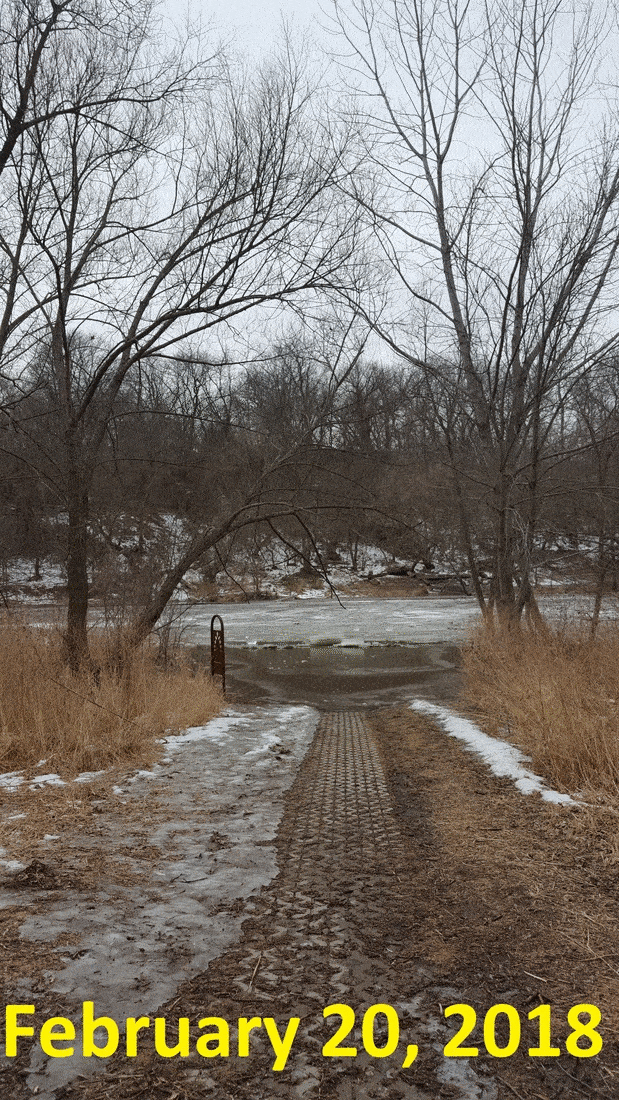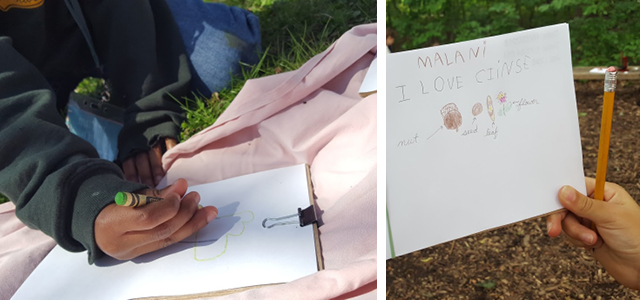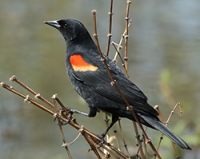 Spring is here!
Spring is here!
Meteorological spring started on March 1st, and astronomical spring starts tomorrow, March 19th; in reality, the line where winter ends and spring begins in nature is so much blurrier than one spot on the calendar. The exciting thing is that springtime emerges bit by bit, one bud or birdsong at a time. One thing I like to do is visit the same spot as often as possible—weekly or maybe even daily—and pay attention to the subtle changes over time. Zoom out to take in the whole picture, and maybe even TAKE a picture of your spot every time you visit so you can really see that change over time.
Zoom in, looking closely at the buds at the ends of trees or digging into the leaf litter to see if tiny green plants are starting to emerge. Perhaps pick one item to really look closely at each day: make a detailed drawing of what you notice as you observe, journal about where you found it and anything else you’d like to remember, and keep your findings in a notebook that you can refer to as you continue to explore through the seasons.
Phenology: The Science of Appearance
That seasonal noticing isn’t just child’s play; it’s phenology, the “science of appearance.” Phenologists—not just professional scientists but anyone who’s interested–pay attention to the timing of natural phenomenon like when the last bit of snow has melted, when we start to see certain birds again in spring, or when different trees start to bud.

Above: Students visiting the Urban Ecology Center draw items they've noticed in nature.
Join or Create a Phenology Challenge!
We have a friendly rivalry amongst the staff at the Urban Ecology Center about a few favorite species. The first male red-winged blackbirds were spotted here on March 1st this year but not till March 13th last year—have you seen one yet this year, or heard its “vote for me!” call? Folk across the country—community scientists like you—share their observations on sites like Journey North. Check out the maps of sightings so far this spring, and get outside to make your own observations so you can add your own data!
Some species we keep our eyes peeled for are chipmunks (the first ones in Riverside Park were spotted just last week, so keep your eyes peeled for those speedy stripy cuties if you’re hiking along the Milwaukee River) and Mourning Cloak butterflies. No one on staff has spotted one yet this year; could you beat us and be the first? What else can you notice on your outdoor adventures?





